Variable Rate Tillage: How It Compares With Vertical Tillage
At Summers, we’ve heard a lot of producers ask for a new type of universal tillage tool, which could provide a lot of the benefits of vertical tillage, but with increased aggressiveness for handling heavy residue. So, we listened to these requests and responded by introducing our new VRT2530 variable rate tillage tool. Of course, that probably leaves you wondering, what is variable rate tillage, and how does it compare with vertical tillage?
What Is Vertical Tillage?
Let’s start with vertical tillage. We like to define it as a tool that enters and exits the soil on a vertical plane so that it doesn’t move any soil horizontally. In order to achieve true vertical tillage, the implement’s blades cannot have any concavity, and they cannot be mounted at an angle. That’s why we designed our Supercoulter vertical tillage tool with two rows of gang-mounted coulter blades, which are mounted at a zero-degree angle to run in-line with the direction of travel.
True vertical tillage tools, like the Supercoulter, are designed to size residue and “score” the soil to produce natural soil fracturing. This helps eliminate soil layers and promote deep root growth. Vertical tillage is also great for moisture management. It assists with moisture conservation, while helping to eliminate washing and drowning out of lowlands by providing a path for precipitation to enter the soil.
The Need for Variable Rate Tillage
However, good farming practices in recent years are boosting yields and creating more residue than ever before. This residue can be difficult to manage with a true vertical tillage tool and may require something more aggressive to help bury it. But rather than going back and forth between a vertical tillage tool and a conventional disk, wouldn’t it be great to have one implement that could do both? That’s where the VRT2530 comes in.
Like variable rate planters and application equipment that allow producers to adjust inputs according to changing soil conditions, the VRT2530 offers on-the-fly adjustment of tillage performance. So, for instance, the operator can switch from a lighter vertical tillage application on a hilltop to more conventional tillage in lower spots and heavier residue areas.
How Variable Rate Tillage Works
The VRT2530 has a front row of dual-mounted disk blades and a rear row of gang-mounted coulter blades. The front blades are designed for more conventional tillage performance since they are slightly concave and mounted at a 12 degree angle. This configuration is specially designed to mix soil as vertically as possible, since horizontal movement can cause smearing and layering effects. The VRT2530’s rear blades have no concavity and are fixed at a zero degree angle to size residue and fracture soil layers like a true vertical tillage tool.
The VRT2530 also has a hydraulic hitch to shift weight between the front and rear blades on the go. By adjusting the hydraulic hitch to dig in the front blades more, the implement will move more soil to help bury heavy residue. By putting less pressure on the front, they will dig shallower to leave more residue on the surface, helping to conserve moisture and prevent erosion when needed, similar to the performance of a true vertical tillage tool.
The field finishing equipment of choice on the VRT2530 is a mounted harrow/rolling basket combination. Our heavy-duty harrows have been used successfully in the field for many years to help distribute residue and level the soil profile. Additionally, our rolling baskets have patent-pending mud scrapers for a superior finish in practically all conditions. The rolling baskets are equipped with hydraulic down pressure, which automatically adjusts the baskets to maintain the ideal level of firmness in the seedbed.
As prescription farming and variable rate application trends continue to gain momentum, variable rate tillage tools like this are also set to increase in popularity among producers who want more control over their tillage results. If you’re interested in this new technology, we encourage you to speak with your local dealer to learn more.






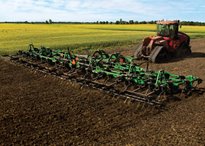
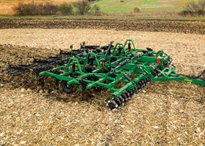
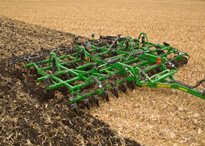
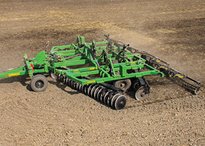
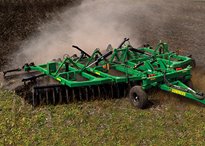
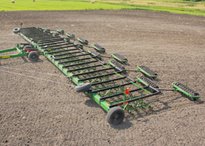
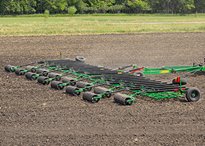
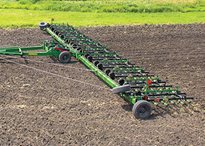
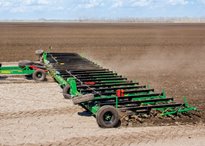
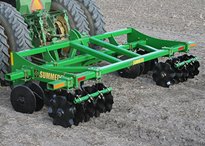
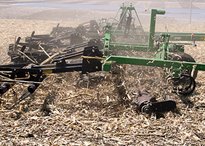
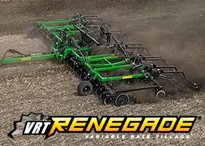
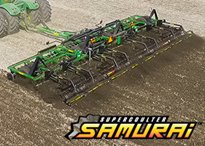
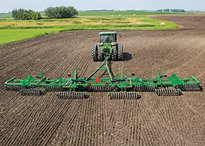
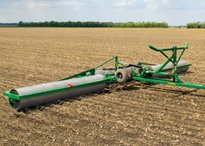
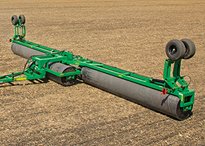
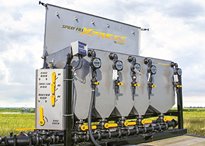

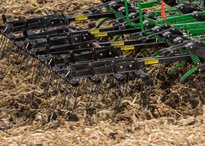
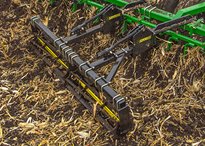
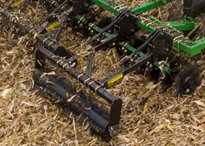
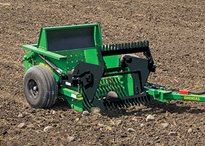
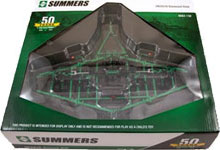 Hats, Diecast Models, Gloves and More!
Hats, Diecast Models, Gloves and More!
 Library
Library